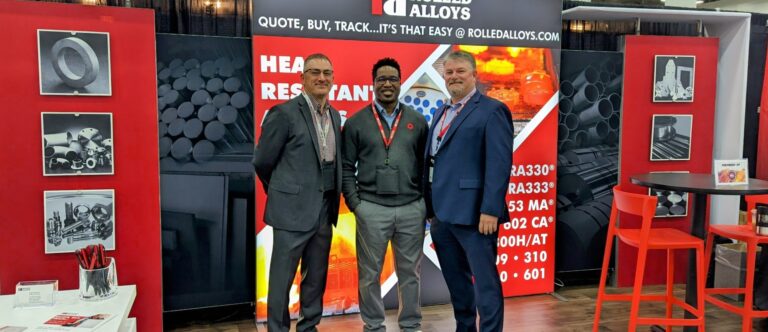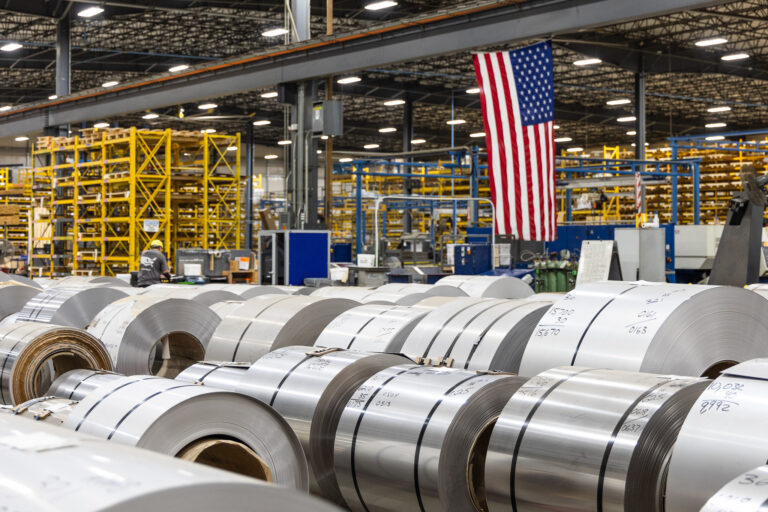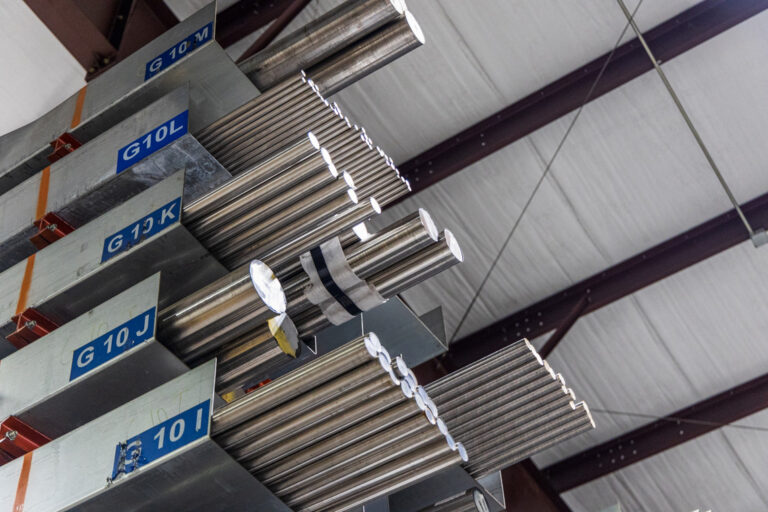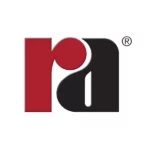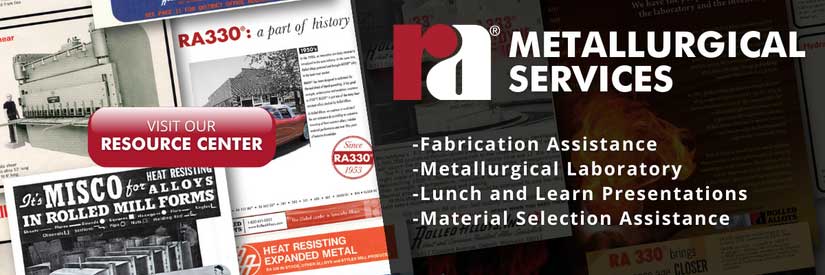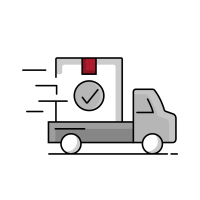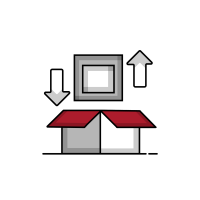P and F numbers are common within the welding industry, particularly for projects that strictly adhere to codes and standards set in place by ASME. As this is the case, there is often confusion about P and F numbers regarding what they are, how they are assigned, and why they are important, which this blog aims to answer.
What Are P and F Numbers?
P-numbers are classifications assigned to base metals, which these numbers are used to group base metals with similar welding characteristics. By grouping materials with similar welding characteristics, it helps reduce the number of welding procedure qualifications required. P-numbers are part of ASME Boiler and Pressure Vessel Code (BPVC) Section IX and can be found in Table QW-422.
P-numbers are organized into ranges, which correspond to different alloy classes. Below are the respective ranges for each of the classes:
- P-1 to P-15F: Ferrous alloys
- P-21 to P-26: Aluminum alloys
- P-31 to P-35: Copper alloys
- P-41 to P-49: Nickel alloys
- P-51 to P-53: Titanium alloys
- P-61 to P-62: Zirconium alloys
Within P-numbers are subsets called group numbers, which are assigned to ferrous-based metals requiring toughness testing. These group numbers further classify materials based on their specific properties and requirements for welding.
F-numbers are classifications assigned to filler metals (such as electrodes and bare wire) to reduce the number of WPS and welder performance criteria. F-numbers help group filler metals based on their operational characteristics, which affects a welder’s ability to use them effectively. Like P-numbers, F-numbers can be found in ASME BPVC Section IX but in Table QW-432.
F-number classification reflects factors such as ease of use, welding position, and the skill level required to operate the filler metal effectively. So, higher F-numbers typically indicate a need for more advanced welding skills. Below are the respective ranges for each of the classes:
- F1 to F5: SMAW electrodes
- F6: Any ferrous solid or cored wire
- F21 to F25: Aluminum and aluminum alloys
- F31 to F37: Copper and copper alloys
- F41 to F46: Nickel and nickel alloys
- F51 to F56: Titanium and titanium alloys
- F61: Zirconium and zirconium alloys
- F71 to F72: Hard-facing alloys
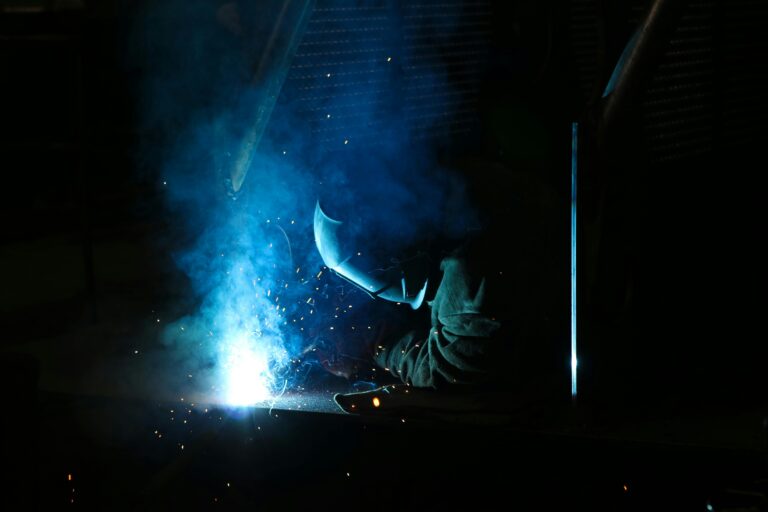
The P-numbers for the base materials that Rolled Alloys stocks and the associated F numbers for the fillers used to weld these base materials can be found on our Welding Information page linked below.
https://www.rolledalloys.com/welding-information/
Why are P and F Numbers Important?
P and F numbers are important for a variety of reasons. Some of these reasons include:
- Streamline material selection: Engineers and welding specialists can more easily select appropriate materials and welding consumables based on these standardized groupings.
- Standardize welder qualifications: Welder qualifications are often based on P-numbers and F-numbers, allowing welders qualified on one material to work on others within the same group.
- Facilitate code compliance: Many welding codes and standards, like ASME Boiler and Pressure Vessel Code, use P-numbers and F-numbers in their requirements.
- Improve safety and quality: These systems help maintain weld quality and structural integrity by ensuring proper material and filler metal combinations.
Do All Base Materials and Fillers Have a P or F Number?
Not all alloys and filler metals have a P-number or F-number. P-numbers are assigned to base metals to categorize them based on similar weldability and mechanical properties, while F-numbers are assigned to filler metals based on their usability characteristics. However, some materials, particularly those not commonly used in pressure vessels or piping, may not have assigned P-numbers or F-numbers. For instance, certain specialized alloys or materials used in niche applications might not be listed in the ASME BPVC tables.
Buy Online Anytime
Our dashboard makes it even easier to shop online anytime from anywhere. Quote, buy, and track 24 hours a day.
E-Services Stocking Programs
Our e-service stocking programs put you in the driver seat by using our customized purchasing options to order your recurring material with ease. Whether you have an internal process for purchasing and receiving in place or maybe looking for solutions to become more efficient, we have a program that will work for you.

Trade Shows
Come talk to a Rolled Alloys representative in person about your project. You can find us at these trade shows.

March Mania 2025
Every Online Order in March is a Chance to Win One of 8 Great Prizes!
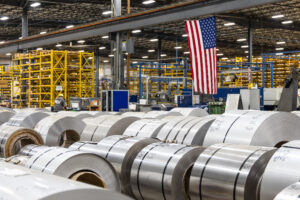
Instant Pricing on Nickel, Stainless Steel, Duplex, and Titanium
Get real-time pricing and availability for nickel, stainless steel, duplex, and titanium—all in one place.
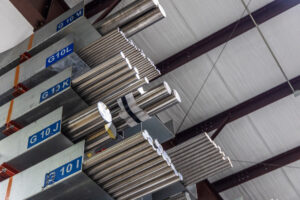
New and Expanded Stock for 2025
New Titanium, Stainless, Nickel and Cobalt in Stock Now – CP Ti Grade 2, 635, 718 and More!
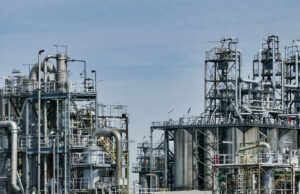
History and Uses of Alloy 800
Discover the evolution of Alloy 800, from its origins during the 1950s to modern derivatives like Alloy 800H/800HT. Learn about its high-temperature strength, petrochemical applications, and commercial availability today.
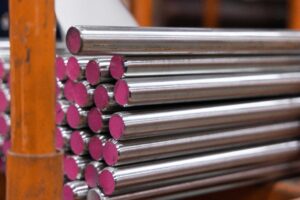
New Bar Stock Available
New Round and Flat Bar Products in Stock at Rolled Alloys


